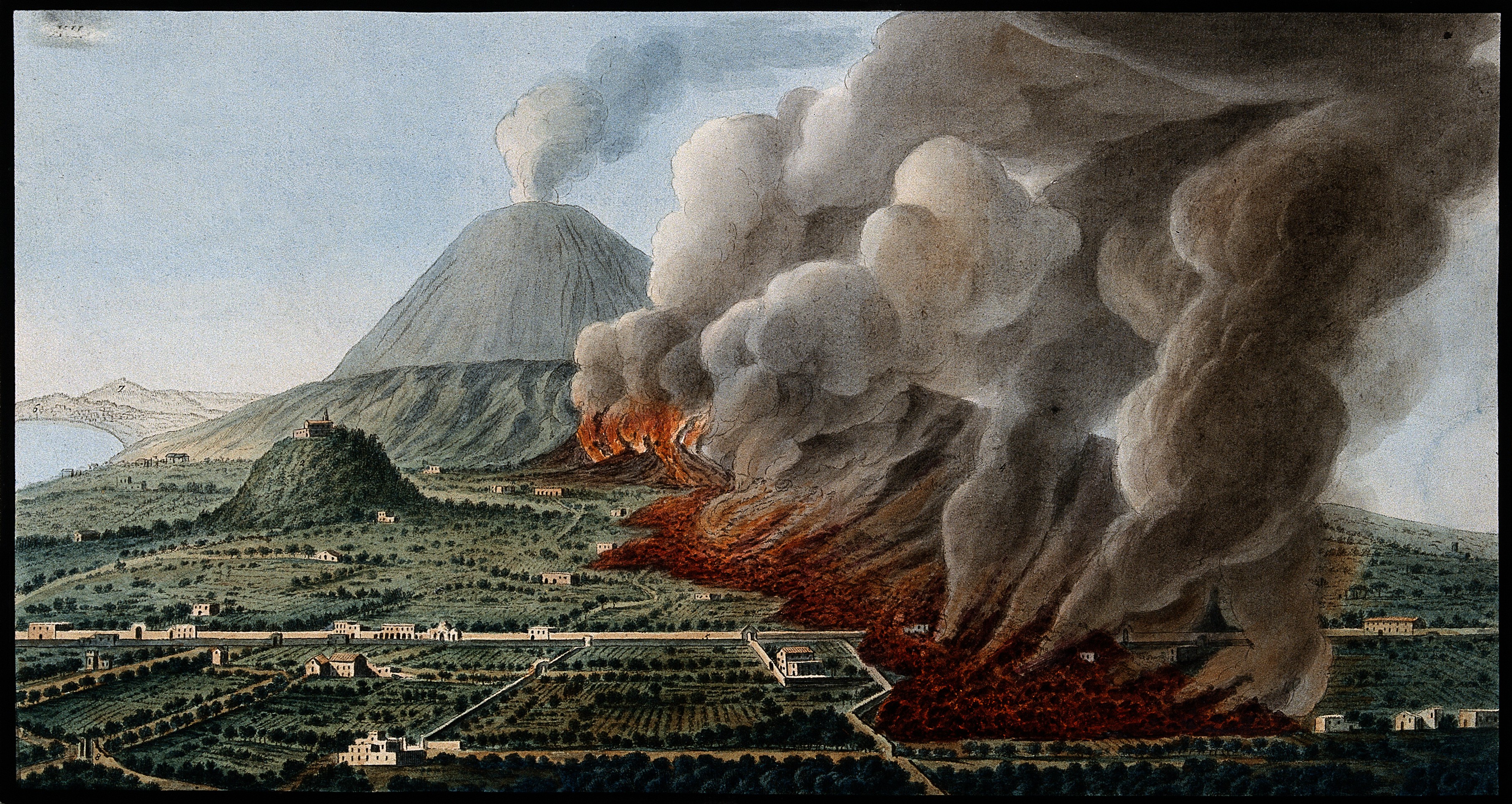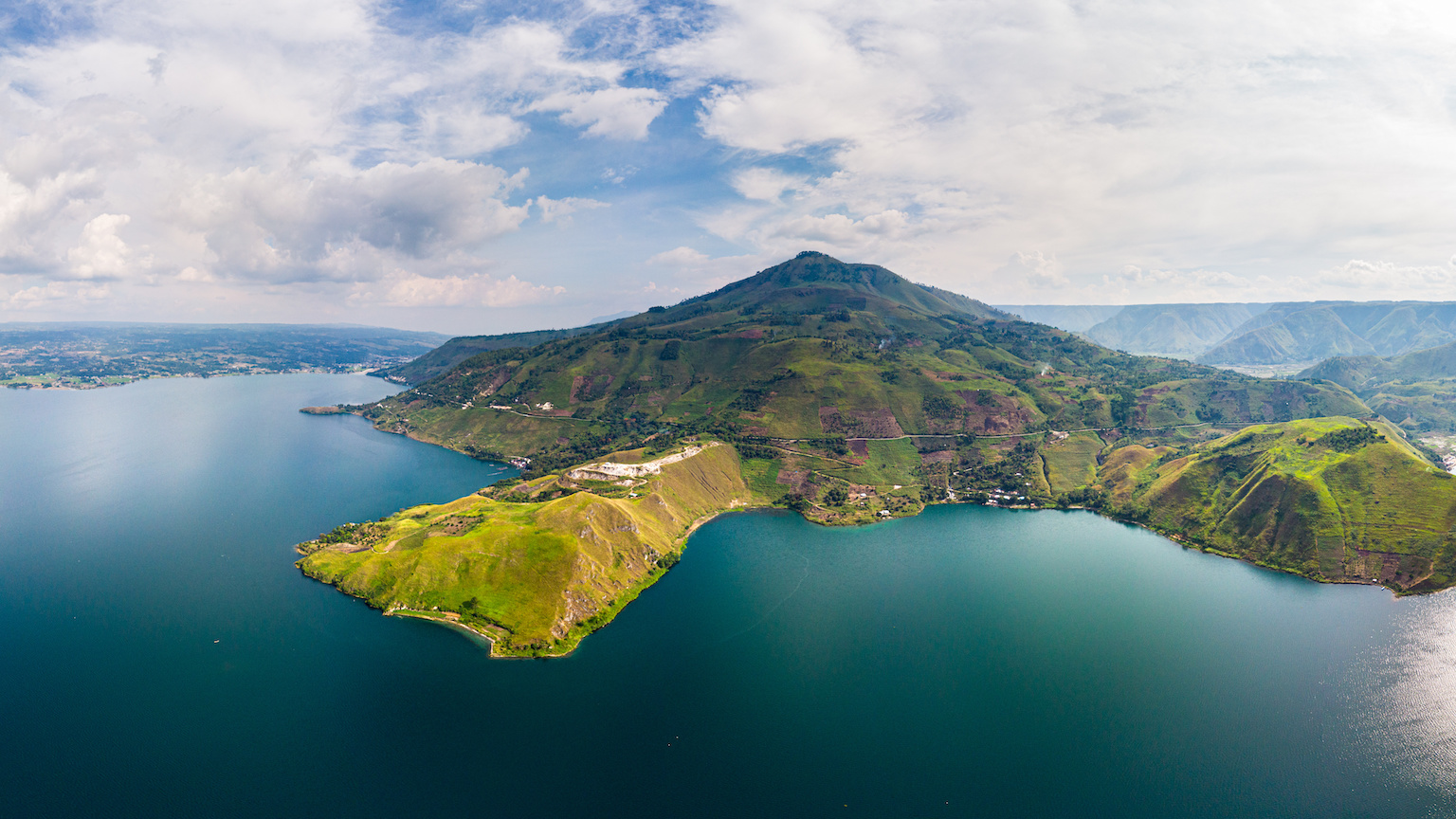Repairing after eruption: the Waimangu Valley and Mt. Tarawera

One of the more impressive areas I visited while in New Zealand was the Waimangu Valley near Mt. Tarawera (above). The valley itself was created by blast explosions (phreatic explosions) during the 1886 eruption of Mt. Tarawera. These eruptions cut right down the axis of the rhyolite domes (most of which erupted ~1305 A.D.) and extended off the volcanic edifice to form the valley to the west of the volcano. In the valley, no juvenile lava was erupted, instead explosions carved out large pits that formed the Waimangu Valley and today the valley is filled with lakes and thermal features (below).

The 1886 eruption at Tarawera was not large by any means, erupting only ~0.7 cubic kilometers of basalt (compare that with the 1305 Kaharoa Rhyolite from Tarawera that erupted 5 cubic kilometers). However, hundreds of Maori villagers died during the eruption and basaltic tephra can be found all over the area north of Tarawera into the Bay of Plenty. Yet, only about a century later, most of the destruction caused by the eruption has been erased by vegetation. Compare the photo of the valley just after the eruption (top) to the one I took in January of 2009 (bottom) to see how things have recovered.

Waimangu Valley, 1886

Waimangu Valley, 2009
Volcanoes are truly destructive, but still just a flash in the pan for most earth processes.




